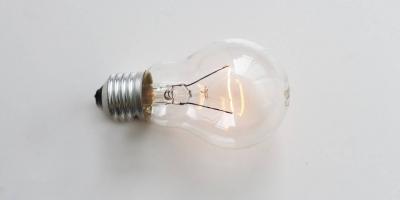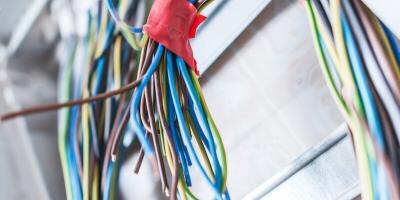Vir Cables
Despite being one of the most important inventions of mankind, electricity will always remain a potentially dangerous utility. As a result, it must be handled with extreme care to avoid any potential danger. As a homeowner, it is your sole duty to ensure that your electrical system is in proper working condition. The wiring system in your house plays a significant role in carrying and transporting the electrical energy drawn by the electrical fittings and devices on your premises.
Different types of electrical cables have been used over the years to provide workplaces, homes, and businesses with electricity. As technological advancements in the field of electricity are rapidly evolving so are the Australian standards toward the production and use of electrical cables.
Initially, electrical installations involved the use of sheathed wires and were installed in most government structures, workplaces and residential homes between the 1880s and 1910s. After this period, the installations mainly involved the utilisation of Vulcanised Indian Rubber (VIR) electric cables to make up the wiring system of most homes as well as other buildings.
What is VIR?
As we have previously mentioned, Vulcanised Indian Rubber cables were rampantly used in Australia between 1910 to late 1950s. A typical VIR cable consists of a tinned conductor that features a rubber coating. The conductor is tinned to prevent the rubber from sticking to the conductor. The thickness of the rubber usually depends on the designated operating voltage of the wire. To help prevent the conductor against moisture damage, a cotton bradding is placed over the rubber insulations.
The rubber offers an abrasion-resistant, waterproof, corrosion-resistant and protective layer for the insulated electric cable. This type of electrical wiring is still available in a significant number of Australian homes. Due to the potential dangers that VIR cables pose to the safety of homeowners, they are no longer accepted for domestic applications.
What are the potential dangers of VIR cables?
It has been proven that with time, VIR cable wiring systems may break down thus becoming extremely hazardous. To be more precise, the insulation material used on VIR cables will dry out and become brittle with time hence leaving behind exposed live electrical wires. What’s more, the earthing system can easily become compromised from any alterations.
It is imperative to note that the major threat that arises from VIR electrical wiring is associated with insulation. On most occasions, this type of insulation doesn’t age well. After some time, the insulation on this type of electrical cable usually crumbles away thus leaving behind live conductors exposed in critical areas within the house such as roof cavities and walls. Apparently, this is a serious electrical problem that significantly increases your risk of electrical fires, injuries, shock as well as electrocution.
For this reason, it’s crucial that your roofs are restored or cleaned on a regular basis. Southwest Roofing, a roof restoration company in Sydney explains that most severe electrical household issues start with people not regularly taking care of their roofs. Over time, they become hazardous. This is especially the case for homes located in leafy regions, such as the Blue Mountains.
It is also critical to reiterate that VIR electrical cables don’t often age well. As a result, they can easily result in inconsistent power flow and this may not bode well with your household electrical appliances. VIR wiring equally lacks an earth wire which is ideal for earthing metal-related fittings. All these issues can significantly put your life as well as the life of your family at great risk of electricity-related issues.
What is the solution?
The first step is to establish whether your house, business premise or even your office features these dangerous cables. If you have a building that was built nearly fifty years ago, then the chances are high that you have VIR wiring in your home. Of course, the best way to know and confirm if indeed your house has VIR cables is to contact a qualified Sydney electrician to come and assess your house. This is a potentially dangerous electrical repair project and DIY projects are strongly discouraged.
Due diligence should guide you toward finding a reputable electrical contractor. The permanent solution would be to find a qualified professional electrician to eliminate all the available VIR wiring in your house.
After this, they should be replaced with modern electrical cables with RCD. Of course, your new wiring system must equally come with a functional circuit breaker protection at the switchboard. Simply put, if you suspect you have this kind of electrical problem, you should seriously consider rewiring your entire electrical system.
Gordon’s Powers has you covered! Simply grab one of our fully licensed electricians to inspect your home wiring and check if you have VIR wires present that home. Please contact us on (02)9199 7480 to get started today!










